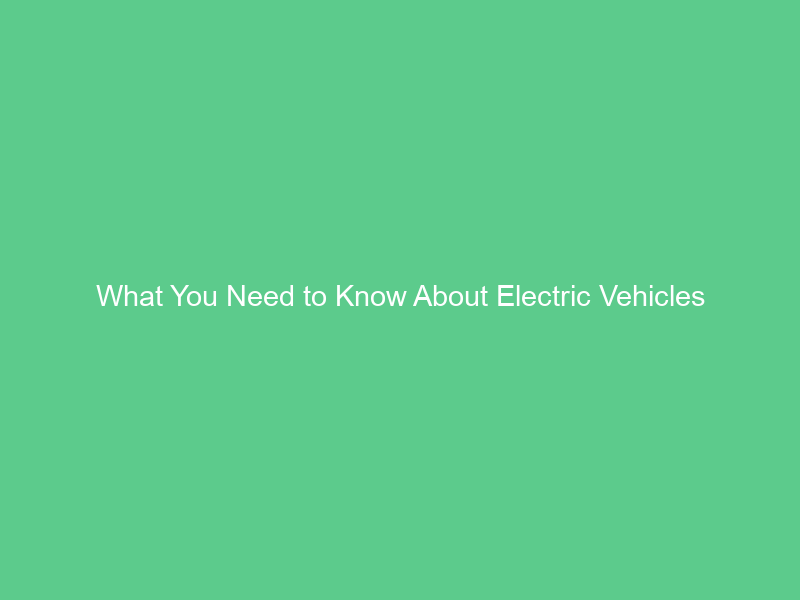Electric vehicles (EVs) eliminate tailpipe emissions that contribute to air pollution that causes thousands of premature deaths annually and noise pollution, thus providing cleaner air for their passengers and reducing noise pollution levels as a side benefit.
Most EV owners charge their car overnight at home to save on fuel costs. At public fast charging stations, drivers can fill up to 80% in about 30 minutes to make long trips more manageable.
Battery Technology
Electric vehicle (EV) batteries continue to develop to meet increasing demands with longer time between charges, higher energy levels and greater reliability thanks to ongoing research in materials and technology – from individual cells right up to battery packs themselves.
Cylindrical cells are the go-to battery format for electric vehicles (EVs), especially Tesla and their major suppliers LG Chem and Samsung SDI. They feature small cylindrical cells similar to AAA or AAA batteries with standard dimensions that are wired together into packs that form the battery pack.
Prismatic cells are rectangular in shape, making them perfect for optimising space utilisation and increasing energy density in battery packs for electric vehicles, where every gram counts towards improving their efficiency and performance. Furthermore, their rigid casing protects them against impact or other physical stresses which might compromise them over time.
Chargers
Plug-in vehicles have access to several charging stations, both public and private, that can help them top off their batteries when traveling long distances or reaching low range. Many of these stations can be found in parking garages, office buildings and other public areas.
Electric cars provide drivers with an emission-free driving experience, instant acceleration and a quieter ride than traditional vehicles. Furthermore, their reduced maintenance and fuel costs mean potential savings can be estimated with DOE’s EV Pro Lite tool.
Home charging options range from simple 120-volt outlets to more complex 240-volt DC fast chargers compatible with all plug-in vehicles. An electrician should help determine what would work best in your environment.
Energy Efficiency
Many individuals express concern over how far EVs can travel, but the Environmental Protection Agency and manufacturers have steadily been increasing the driving ranges for EVs.
Electric vehicles (EVs) offer lower operating costs than their conventional counterparts, with fuel savings, federal tax credits, rebates from states, and electric utility rebates helping offset initial purchase price.
Most EVs utilize approximately 20% of their energy to power the motor and accessories, with another 10-20% going toward charging (depending on temperature and charge level). Electric vehicles are more energy-efficient than gas-powered cars as there is no emissions produced from internal combustion engines, while their batteries can supplement propulsion at low speeds when not in use.
An electric vehicle’s efficiency is measured in terms of kilowatt-hours per 100 miles travelled; similar to gasoline cars’ miles-per-gallon rating. You can reduce this figure by charging during off-peak hours when electricity rates are more affordable; furthermore, electric vehicles tend to have lower maintenance costs due to features like regenerative braking.
Maintenance
Electric vehicle (EV) owners enjoy many advantages of sustainability, fuel cost savings and advanced technological integrations without needing for oil changes or smog checks – yet their maintenance needs must still be taken into consideration just like any automobile.
Even though electric vehicles (EVs) contain few mechanical parts, they still require regular inspection and replacement of parts such as wiper blades and cabin air filters. Furthermore, their cooling systems need routine upkeep. Furthermore, battery regenerative braking may cause wear that necessitates brake fluid inspections and replacement.
Just as any vehicle requires software updates to stay safe and operational, electric vehicles require their software to stay current through software upgrades just as any other car or truck would. This is particularly crucial as EVs often receive firmware upgrades to enhance performance or resolve glitches; additionally, drivers’ ability to control advanced driving features depends on having access to the latest software OTA updates offer; therefore keeping an EV’s software current is just as essential for its proper functioning as monitoring tire pressure or coolant levels are.

